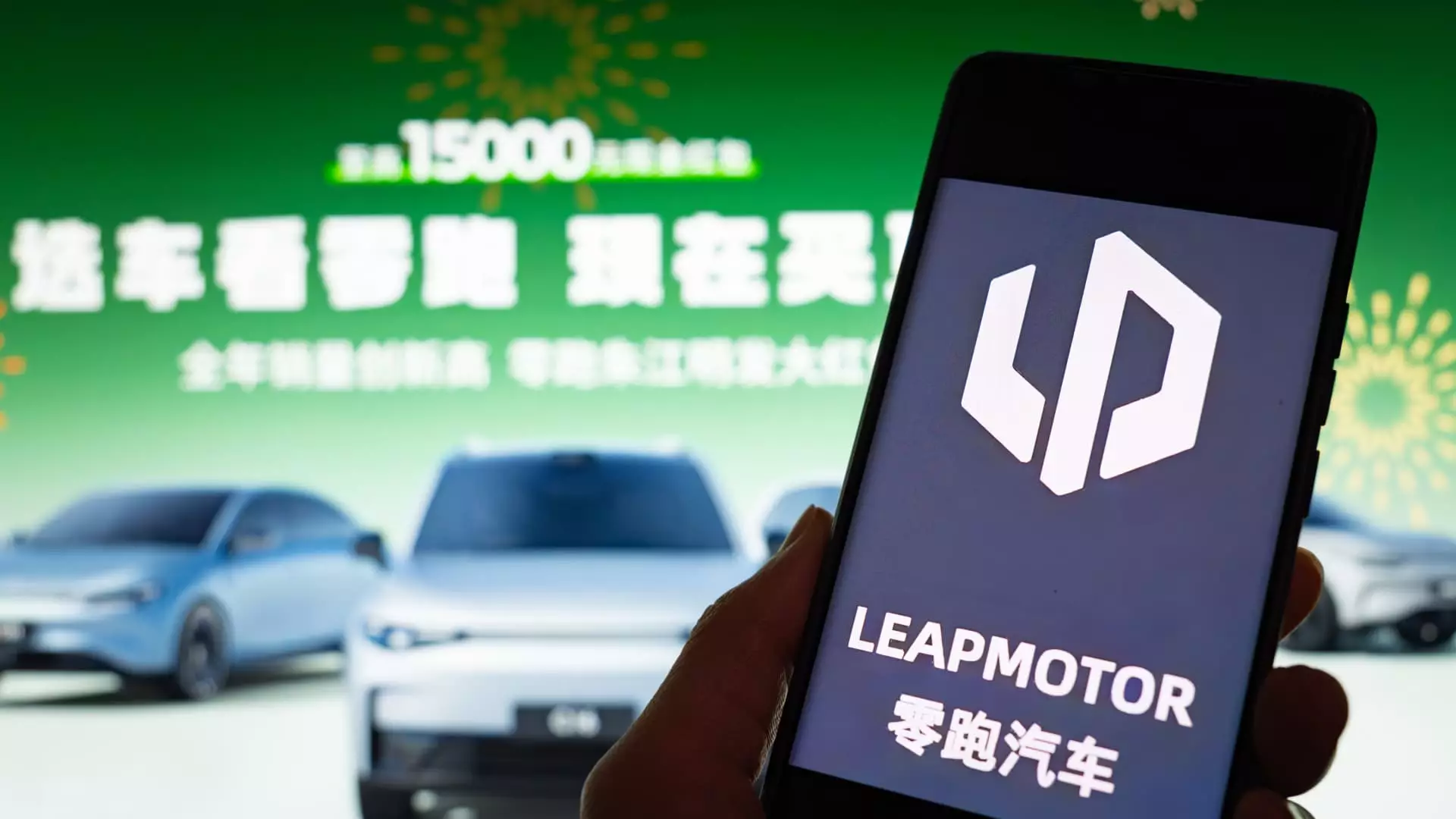The landscape of electric vehicles (EVs) in China is witnessing a seismic shift, with notable players like Leapmotor and Aito breaking records in May. Leapmotor, a startup backed by Stellantis, reported an astonishing increase in deliveries. They achieved 45,067 vehicles delivered in May, marking an incredible year-on-year growth of 148%. This leap can be attributed to the launch of their newly updated C10 model, which stands out in the competitive market with a starting price of just 122,800 yuan (approximately $17,045). The C10’s popularity is further validated by the fact that over 13,000 units were sold in its launch month.
Meanwhile, Aito, supported by the technology giant Huawei, boasted impressive figures as well, delivering 44,454 vehicles in the same month. Their recent introduction of the Maextro S800, a luxury sedan priced at 708,000 yuan, illustrates their ambitious expansion into the premium market segment. The performance of these electric manufacturers not only showcases resilience but highlights a transformation occurring within China’s automotive industry.
The Price War: A Double-Edged Sword
As Leapmotor and Aito soar to new heights, their success chronicles a tumultuous backdrop of a price war shaking the very foundations of the EV market. Industry leader BYD demonstrated remarkable prowess, selling 376,930 cars in May alone—a 14.1% increase compared to the previous year. However, such aggressive pricing strategies raise significant concerns. BYD slashed prices on 22 models, including a noteworthy 20% reduction in the price of its Seagull hatchback. The repercussions of such price cuts have sent waves through the market, causing shares of various Chinese automakers to tumble.
This drastic move has incited fears reminiscent of the Evergrande fiasco, creating a potential echo of financial instability in the automotive sector. The aggressive tactics might enable market share gains in the short term, but they threaten the long-term sustainability of many automotive startups cautioned by analysts. The landscape seems to be shifting from innovation to survival, as companies are pressured to continually lower their prices.
Emerging Players: Holding Their Ground
In the face of formidable competitors, emerging players like Xpeng and Xiaomi are also carving out their niche in a volatile market. Xpeng, for instance, saw its May deliveries slightly decline compared to the previous month—33,525 vehicles, down from 35,045—but maintained significant year-on-year growth at 230%. The recent unveiling of their new models, the Mona M03 Max and Plus, priced at 129,800 yuan and 119,800 yuan respectively, signifies their confident steps towards attracting a broader customer base.
Xiaomi’s performance matched that of Xpeng, delivering over 28,000 vehicles, matching last month’s numbers as they gear up to release a new model of the YU7 luxury SUV later this year. In a market defined by rapid technology advancements, both companies are rapidly adapting to customers’ evolving preferences, showcasing their determination to lead in the competitive EV space.
Challenges Ahead: Beyond Domestic Markets
On the horizon, Chinese electric automakers face daunting challenges, particularly in terms of globalization. Tariffs imposed by the European Union and the United States add complexities to their expansion plans, limiting entry into lucrative Western markets. As competition intensifies within China, many manufacturers may pivot strategies to explore emerging markets in Africa and beyond, where demand for electric vehicles continues to surge. As reported by the South China Morning Post, BYD has already taken strides into markets like Benin, signaling a broader shift towards untapped territories.
However, this focus on international growth requires careful navigation of regulatory frameworks and consumer expectations. Achieving international success without diluting brand identity or quality will be a pivotal balancing act for fledgling manufacturers.
The EV industry in China is at a critical juncture marked by unprecedented growth, fierce competition, and unforeseen hurdles as companies not only strive to capture market share domestically but also look to broaden their footprints abroad. Ultimately, it will be the companies that embrace innovation, adapt to consumer trends, and strategize effectively that will secure their places in the fast-evolving automotive ecosystem.

